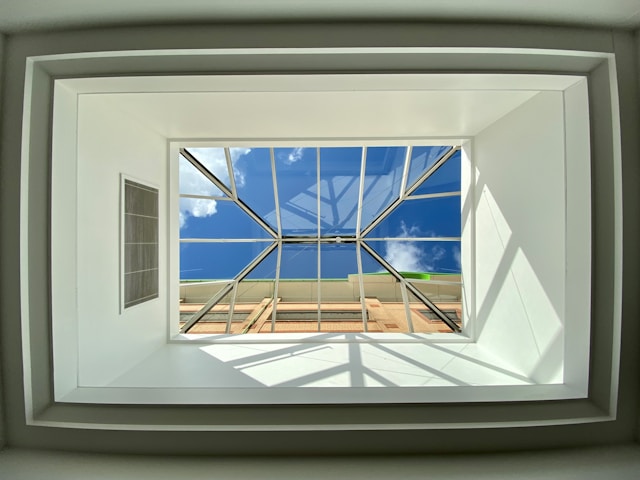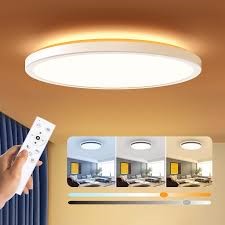1. Introduction: The Beauty of Flower Bulbs
Flower bulbs are a gardener’s dream, offering vibrant blooms with minimal effort. Whether you’re new to gardening or have years of experience, bulbs provide an easy way to introduce color, texture, and life to any outdoor or indoor space. From the first crocuses of spring to majestic hyacinths and tulips, flower bulbs make it simple to enjoy a stunning garden year-round.
Their adaptability to various climates and their ability to store energy for months make bulbs the perfect choice for beginners. Ready to dive into the world of flower bulbs? Let’s get started!
2. How to Choose the Right Flower Bulbs
Picking the right bulbs is crucial for a thriving garden. Here are the key factors to consider:
Climate Compatibility
- Certain bulbs, like tulips and hyacinths, thrive in cooler climates, while others, like gladioli or dahlias, prefer warmer conditions.
- Research your hardiness zone to ensure you’re selecting bulbs suited for your region.
Soil Requirements
- Most bulbs need well-draining soil to prevent rotting. If your soil retains water, consider adding sand or compost to improve drainage.
Bloom Season
- Combine early, mid, and late-season bloomers for continuous color throughout the season.
- Examples: Crocuses and daffodils for early spring, tulips for mid-spring, and alliums for late spring.
Bulb Quality
- Choose firm, plump bulbs without signs of mold, rot, or damage. Larger bulbs typically produce bigger and more robust flowers.
- For a trusted source of high-quality bulbs, visit dutch-bulbs.com.
3. Step-by-Step Planting Guide
When to Plant
- Spring-flowering bulbs (like tulips and hyacinths): Plant in autumn before the first frost.
- Summer-flowering bulbs (like dahlias and gladioli): Plant in spring after the last frost.
Planting Depth and Spacing
- Depth: A general rule is to plant bulbs at a depth of 2-3 times their height. For instance, if a bulb is 2 inches tall, plant it 4-6 inches deep.
- Spacing: Leave enough room between bulbs to allow for proper growth. Small bulbs need 2-3 inches, while larger bulbs like hyacinths require 4-6 inches.
Soil Preparation
- Loosen the soil to at least 12 inches deep and mix in compost or a slow-release bulb fertilizer.
- Ensure the pointed end of the bulb faces up when planting.
For a wide selection of spring bulbs, explore spring flower bulbs.
4. Basic Care After Planting
Watering
- Water bulbs immediately after planting to settle the soil and kickstart root growth.
- Avoid overwatering; bulbs prefer moist but not soggy soil.
Mulching
- Apply a layer of mulch (2-3 inches thick) to retain soil moisture, regulate temperature, and prevent weed growth.
- Mulch also offers an extra layer of protection in colder climates.
Pest Protection
- Protect bulbs from rodents like squirrels and moles by covering planting areas with chicken wire or using repellents.
- Inspect regularly for signs of pests or diseases, and take swift action to address issues.
5. Conclusion: Start Small and Watch Your Garden Bloom
Starting a garden with flower bulbs is a rewarding and beginner-friendly journey. By selecting the right bulbs, planting them correctly, and providing basic care, you can enjoy a colorful display that will brighten your space and lift your spirits.
If you’re ready to take the first step, explore a fantastic range of bulbs, including hyacinth bulbs, at dutch-bulbs.com. Start small, experiment with combinations, and watch your garden transform into a blooming paradise.
For the latest updates and information, keep checking SimpCity.








